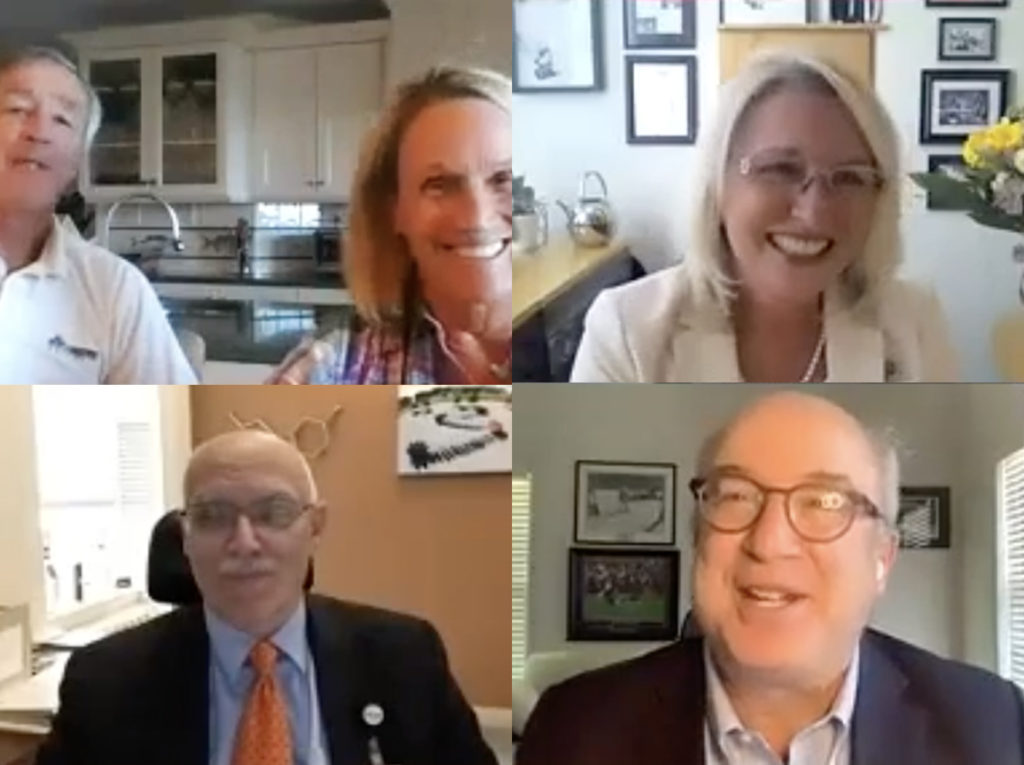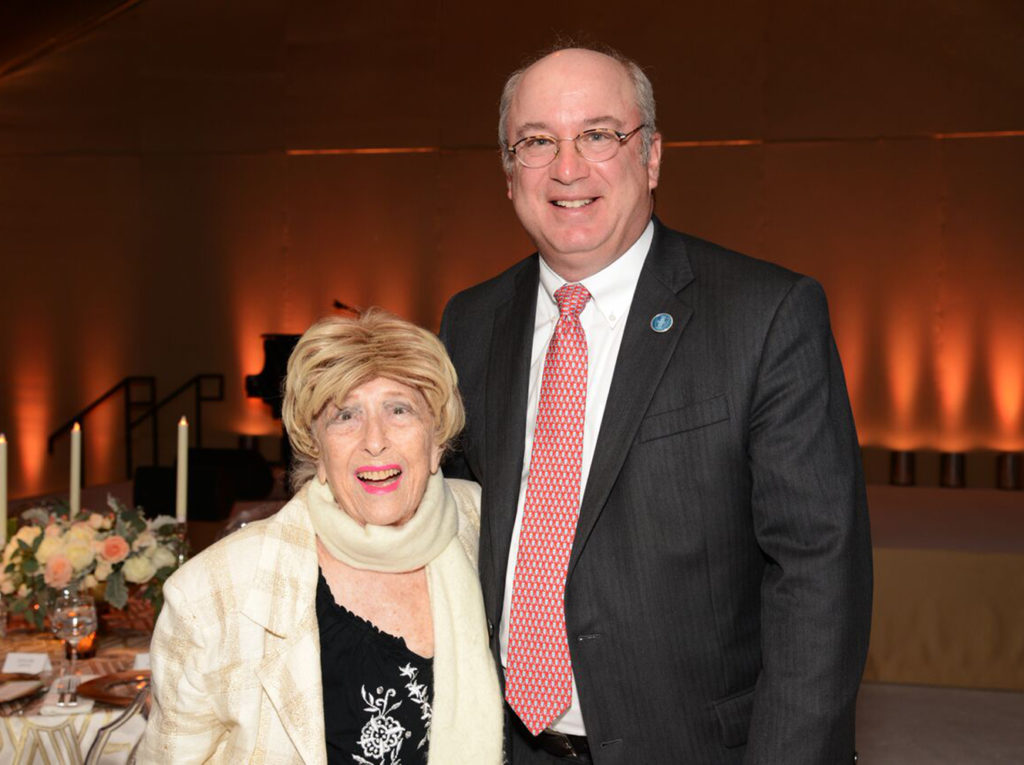A team of researchers at Massachusetts General Hospital reports in the American Journal of Managed Care that virtual video visits, one form of telehealth visit used at the hospital, can successfully replace office visits for many patients without compromising the quality of care and communication.

Virtual video visits are personal video chat communications between a health professional and patient using a computer or tablet via a secure application.
Karen Donelan, ScD, is a senior scientist at the Mass General-based Mongan Institute Health Policy Center and lead author of the paper, which has been published online. “Some of the participants in our study were parents of children who needed multiple frequent visits or older patients for whom travel was difficult to arrange,” she says. “It did not surprise us that they found virtual visits more convenient, but we were impressed that nearly all perceived the quality of care or communication to be the same or better than at the traditional and familiar office visits.”
Virtual Video Visits Since 2013
The MGH TeleHealth Program was launched in 2012 after 10 years of successful experience developing TeleNeurology. Virtual video visits were offered beginning in 2013, and the program has continued to grow since then. At the time this study was conducted, established patients in several departments or divisions – including psychiatry, neurology, cardiology, primary care, and oncology – were eligible for virtual video visits for follow-up care. The current study reports on survey responses from 254 patients after their first visit and from 61 clinicians who participated in the first full year of the program.
Clinicians reported that virtual video visits are superior to office visits for timely scheduling of patient appointments and for visit efficiency.
Among the key findings of the study:
- 79 percent of responding patients who participated in the program felt that finding a convenient time for a follow-up virtual video visit was easier than for a traditional office visit.
- 62 percent of responding patients reported the quality of virtual video visits was no different from that of office visits, and 21 percent thought virtual visits’ overall quality was better.
- 59 percent of health professionals providing virtual video visits agreed that, for the patients selected for these visits, virtual visit quality was similar to that of office visits; one third thought office visit quality was better.
- Patients and health professionals differed on their perceptions of the “personal connection” they felt in these visits: 46 percent of clinicians said they thought office visits were better, compared to 33 percent of patients.
- 68 percent of patients rated virtual video visits at 9 or 10 on a 10-point scale, and patients who rated the visits lower were generally concerned about technical issues they experienced during their first use of the system. Those issues were usually resolved at the time of the visits with technical assistance.
- Clinicians reported that virtual video visits are superior to office visits for timely scheduling of patient appointments (70.5 percent) and for visit efficiency (52.5 percent). They did caution that these visits are not appropriate for all patients in all situations.

Telehealth Lessons for the Future
The authors note that their study may have important lessons for a future in which several different modes – such as text, video, online, home and office visits – are available for patient-clinician communication. While 89 percent of patients with virtual video visits said their clinical issues could have been addressed in traditional office visits, 60 percent indicated that telephone calls, 31 percent indicated secure email and 20 percent responded that text messaging might also have been options. As these other modes of care are explored and studied, researchers will be assessing how best to tailor these visits to the needs of patients.
Lee Schwamm, MD, director of the Mass General Center for TeleHealth and of the Mass General Comprehensive Stroke Center and executive vice chairman of the Department of Neurology, has used virtual video visits extensively in his own practice and is senior author of the American Journal of Managed Care report.
“Our findings confirm what I felt in my gut, which is that what patients’ value most is uninterrupted time with their doctor, and they put up with all the other challenges required to come see us,” says Dr. Schwamm.
For more information about how you can support telehealth programs at Mass General, please contact us.
A longer version of this story was first published on massgeneral.org.





